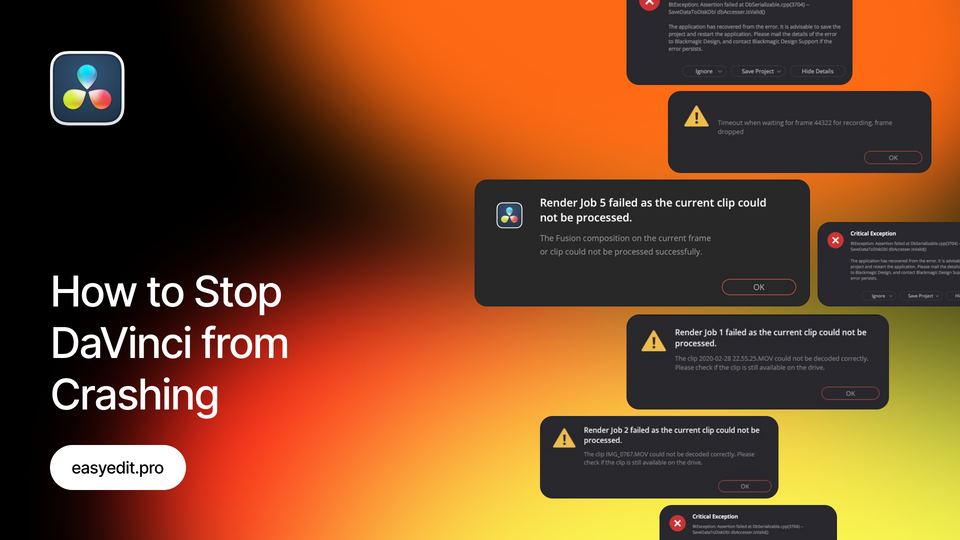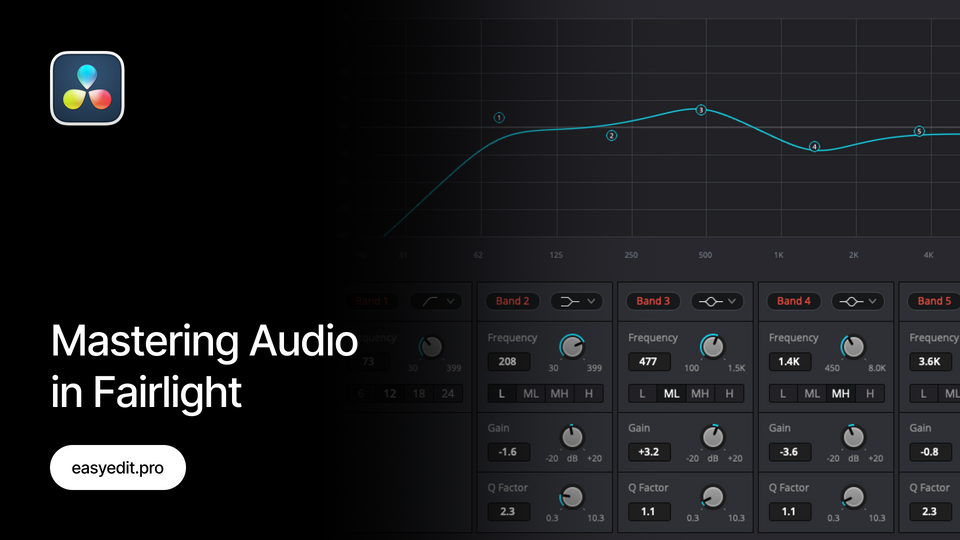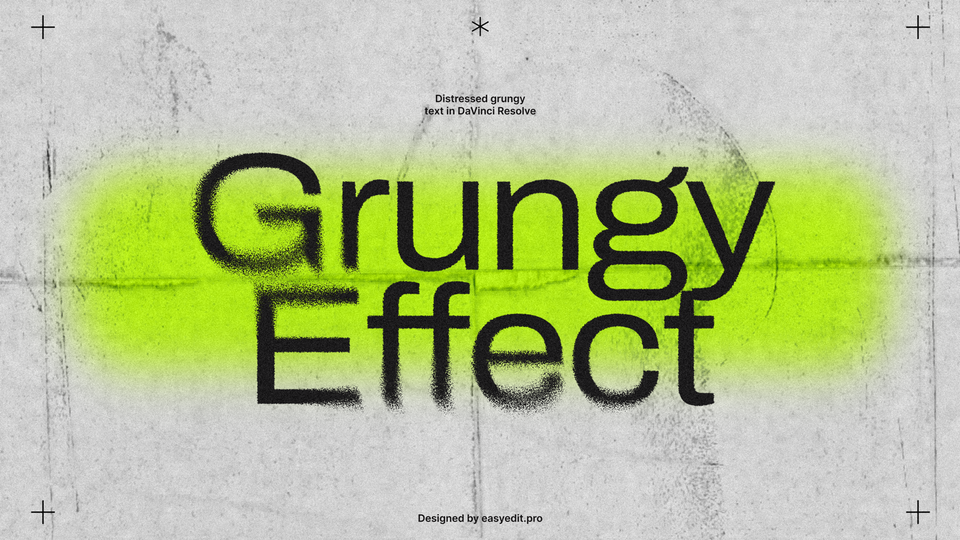
Created: last year
Masking Transition Tutorial in Davinci Resolve 19 | Free and Studio versions
It’s simple and rather quick(especially in the Studio version), and you’ll be able to do it even as a beginner.
Let’s start!
Materials
For the best result, prepare two clips with the same movement direction. One of the videos should include a sizable object that will cover the whole screen and will serve as a transition mask into the next video (further we’ll call it the masking object).
Create a masking transition in the free version of DaVinci
Start by placing the play head on the frame where you’re going to create the mask.
Go to the Color tab and create a new Node, specifically for our mask. To do this, right-click on our Node and select the Add Node - Add Serial from the menu.
Creating the mask
With the new Node selected, open the power windows menu and select the mask option with the pen tool. This tool will allow you to create a custom mask around any object, even the complex one.
Zoom into the frame of your video where the masking object appears and start selecting it by lift-clicking. To close the selection, unite the last point of your mask with the first one. To add new points and improve the selection, just left-click on the line where you want the point to be placed and move to adjust it.
Fixing the selection
If you click on the highlight window, you’ll be able to preview the selection area you’ve created.
Click on the mask icon and select the Off option to see the mask without the selection points. Here you can find the selection edges are abrupt and look unnatural, so you can blur them for a better result. To do this, go to the Softness window below and adjust the Soft 1 parameter. You can set it to 1 or higher, depending on how natural the selection will look.
Once you’ve fixed the mask selection, enable the selection points and click on the highlight window to disable it back.
Matching the mask with other frames
Now you need to adjust the mask to match it with other frames of the video. To do this, open the Keyframes menu and click on the Corrector timeline corresponding to the Node in which you’ve created the mask.
Activate the keyframe icon and move the play head by 3 frames from the selection. Adjust the created mask by fixing the selection points, till they match with the masking object. Repeat this every 3 frames, until your masking object disappears.
Now you need to make some minor adjustments in each frame. Go through the entire clip and preview each frame to make sure the selection follows the masking object correctly. It takes some time and is much faster to do in the Studio version of DaVinci.
Adding Alpha Output
Our mask is finally created and now we can remove the part of the video that we want to replace with another one. To do this, right-click on the Node panel and select an Add Alpha Output option.
You’ll see that the blue circle icon appeared below the green circle icon on the right side of the Node panel. Now, just connect the Node (blue square) with this Alpha Output icon (blue circle).
The unwanted part of the video is removed, so now we can get back to the Edit tab of DaVinci Resolve. Place the video track where you’ve created the mask above and add a second video below. Adjust them so the transition goes seamlessly into the second video, starting from the point where you’ve added the mask.
Create a masking transition in the Studio version of DaVinci
Now there’s a much faster way to do the same within the studio version.
Duplicate the part of the video where you want to add a transition by dragging it to the video track above while pressing the Alt key.
Creating the mask with the Magic Mask
With the duplicate clip selected, go to the Color tab and click on the Magic mask icon. Now, click on the Toggle mask overlay tool and use it to draw over the masking object. DaVinci Resolve will automatically select the masking object, so you won’t have to place the selection points manually.
If the selection is not perfect, click on the Better mode in the quality section below. This mode will help to gradually improve the selection of the masking object. Below, you’ll also find some manual controls like Radius, Iterations, Denoise, Blur and others.
If some extra objects were selected, you can deselect them with the same tool with the“-” symbol on it. Just like with the Toggle mask tool, draw over the area you want to exclude from the selection.
Now all you have to do is click on the Tracking icon and wait for DaVinci Resolve to analyze the selection through all of the frames.
Finalizing the mask
From here, you can repeat the same actions done in the guide for the free version of DaVinci Resolve.
To Sum Up
Hope this guide was useful!
If you want to learn more Resolve editing tricks like how to add motion blur in DaVinci Resolve, how to export from DaVinci Resolve to various social media, how to make Resolve run faster and much more, visit our Educational Blog!
Unlock unlimited templates for DaVinci Resolve - join EasyEdit Stock to get the highest quality LUTs, transitions, text effects, and more, with assets updated daily!
10k elements for Reels and Stories
Looking to add a splash of creativity to your Instagram stories and reels? You're just a click away! Discover our iOS app infi: packed with 10,000+ unique stickers and design elements to breathe life into your social media content.







